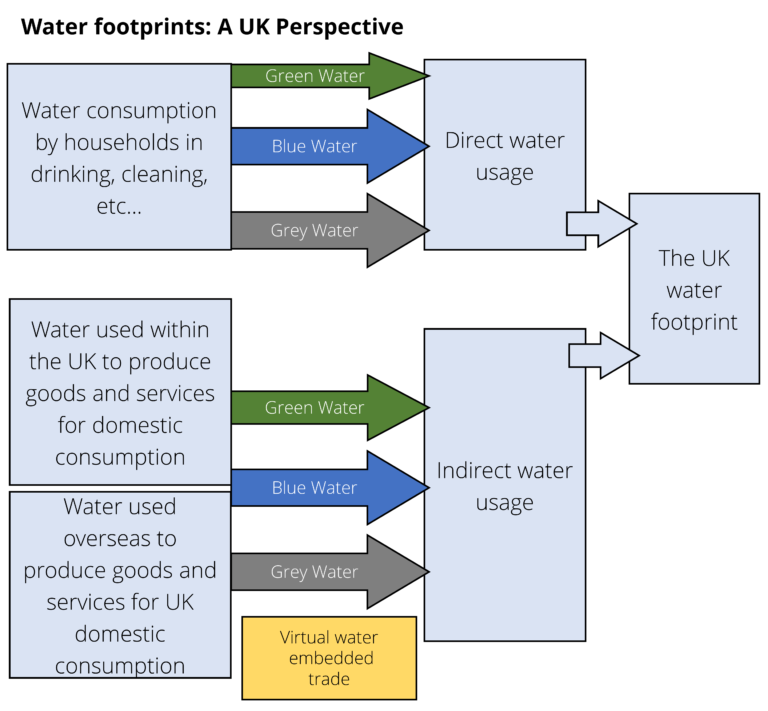Home/Nature & Environment/Climate Change/The Challenge of Global Water Security/ What is a water footprint?

Our purpose is to transform access to education.
We offer a diverse selection of courses from leading universities and cultural institutions from around the world. These are delivered one step at a time, and are accessible on mobile, tablet and desktop, so you can fit learning around your life.
我们认为,学习应该是一种愉快的社交经验,因此我们的课程为您提供了与他人一起讨论的机会,帮助您做出新的发现并形成新的想法。
You can unlock new opportunities with unlimited access to hundreds of online short courses for a year by subscribing to our Unlimited package. Build your knowledge with top universities and organisations.
Learn more about how FutureLearn is transforming access to education


 Diagram of the UK Water Footprint
Diagram of the UK Water Footprint






